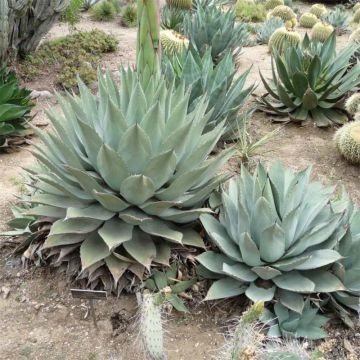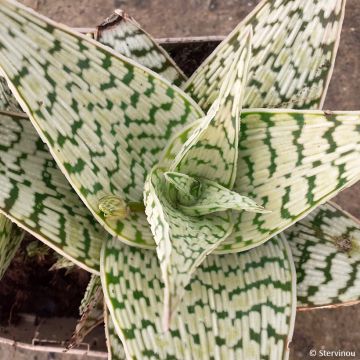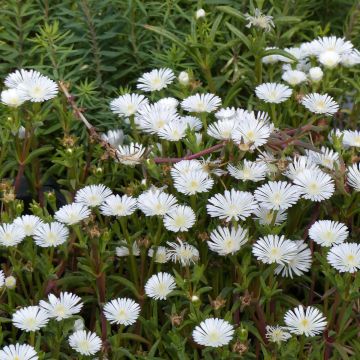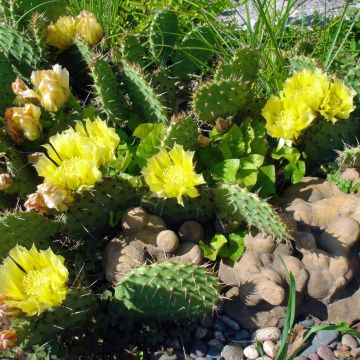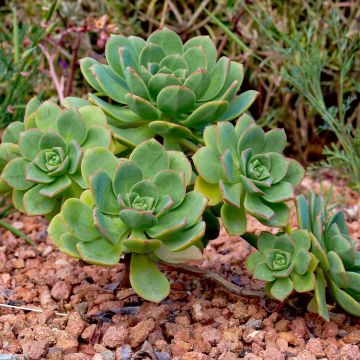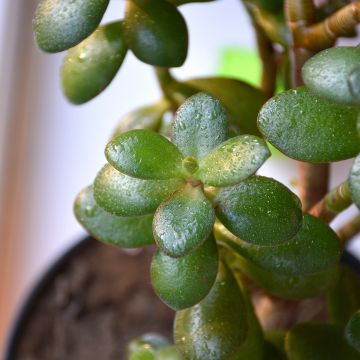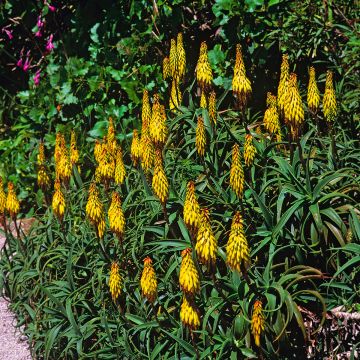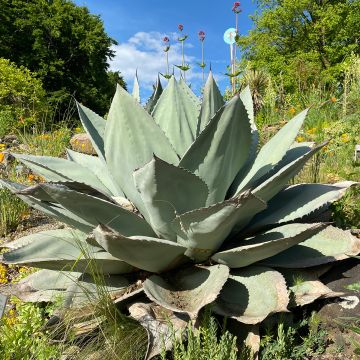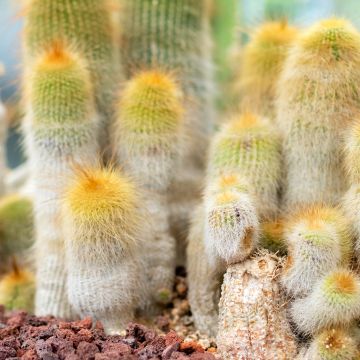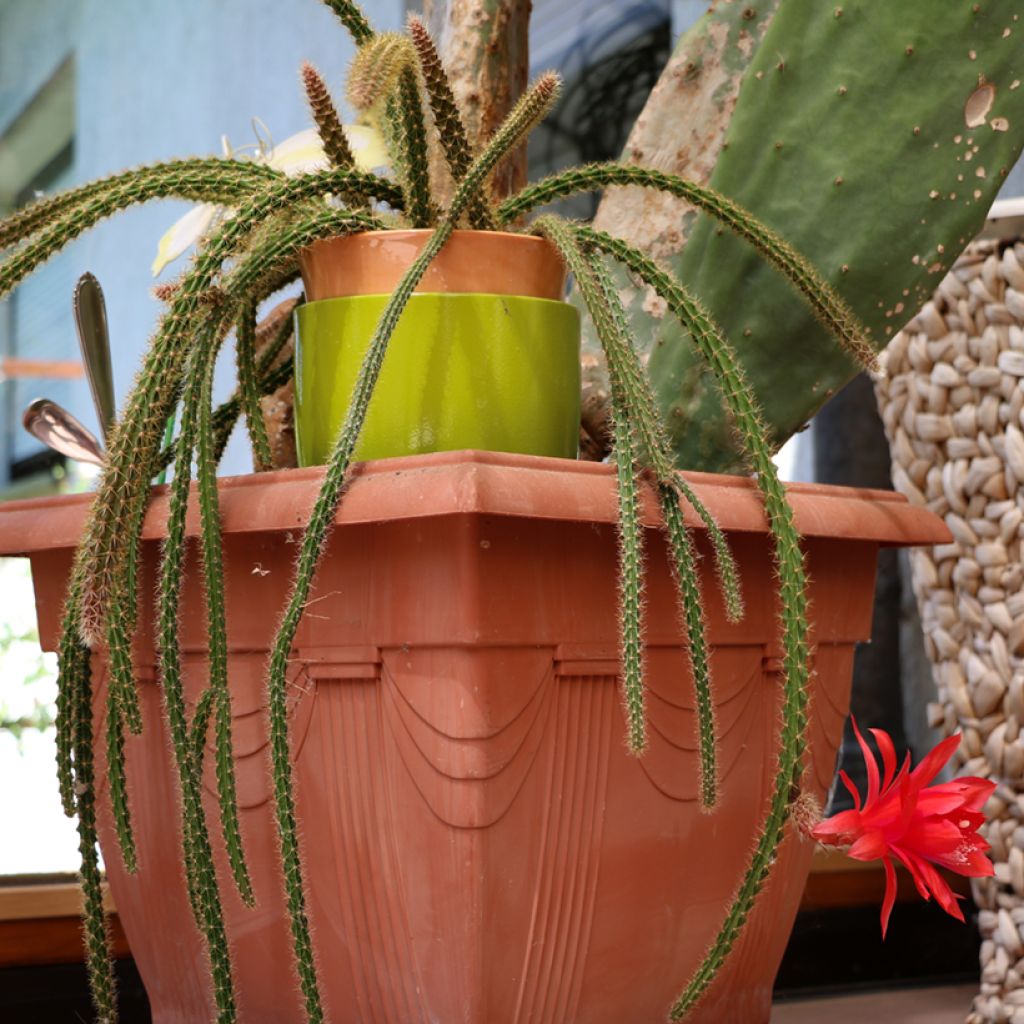

Rat tail cactus - Aporophyllum malisonii
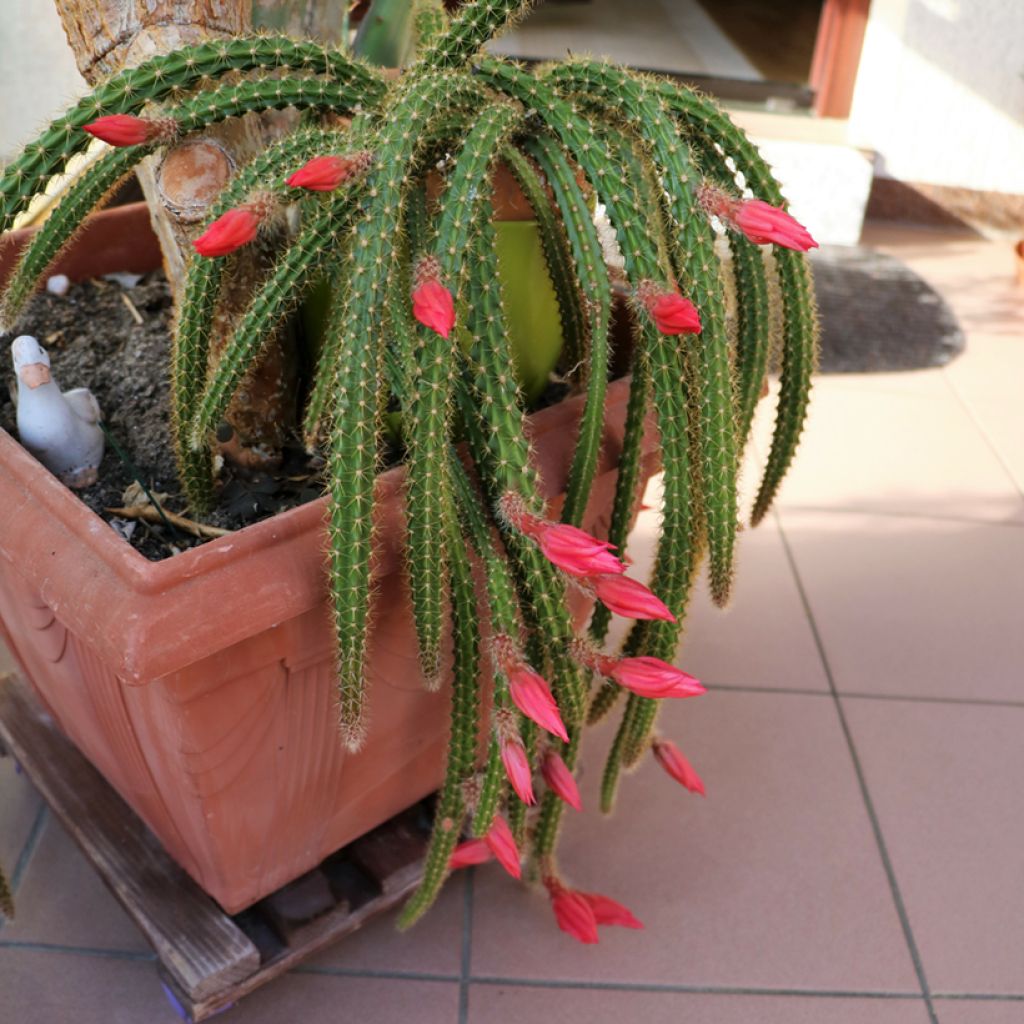

Rat tail cactus - Aporophyllum malisonii
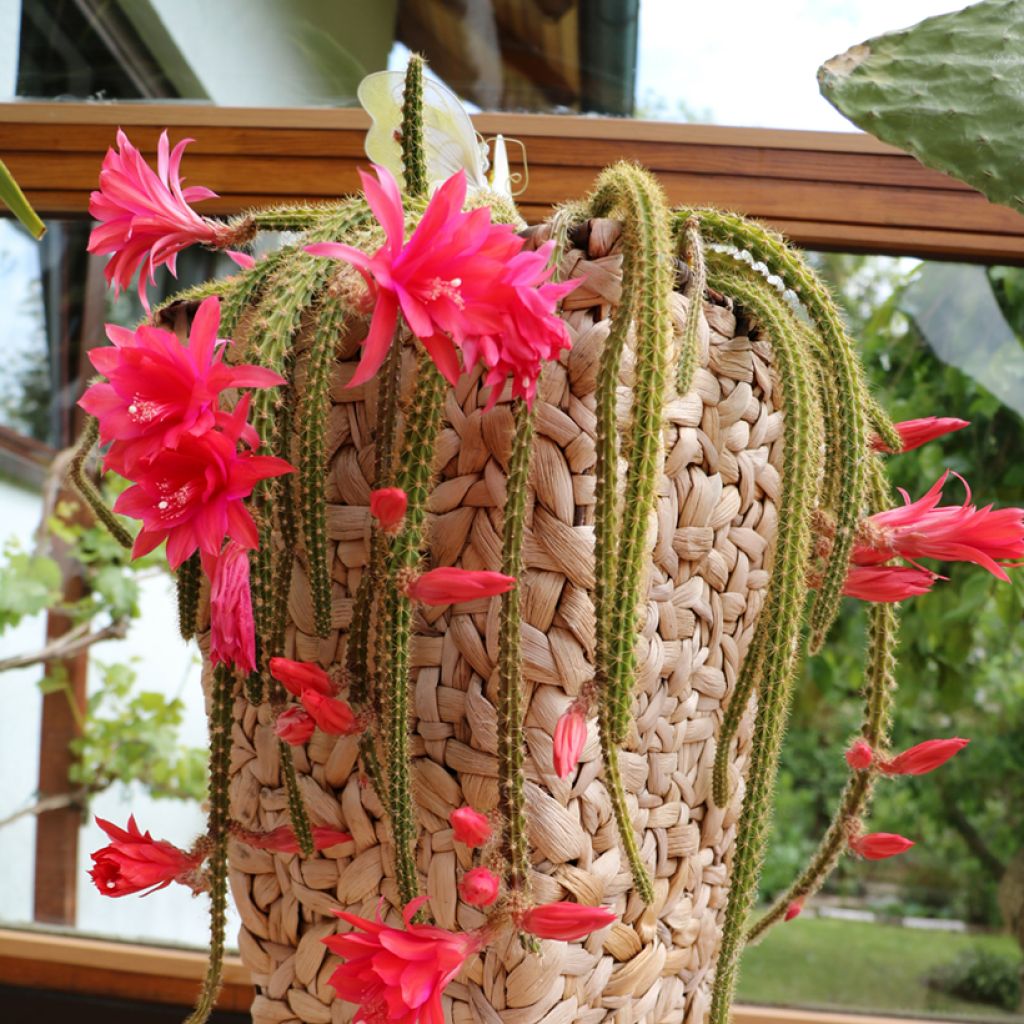

Rat tail cactus - Aporophyllum malisonii
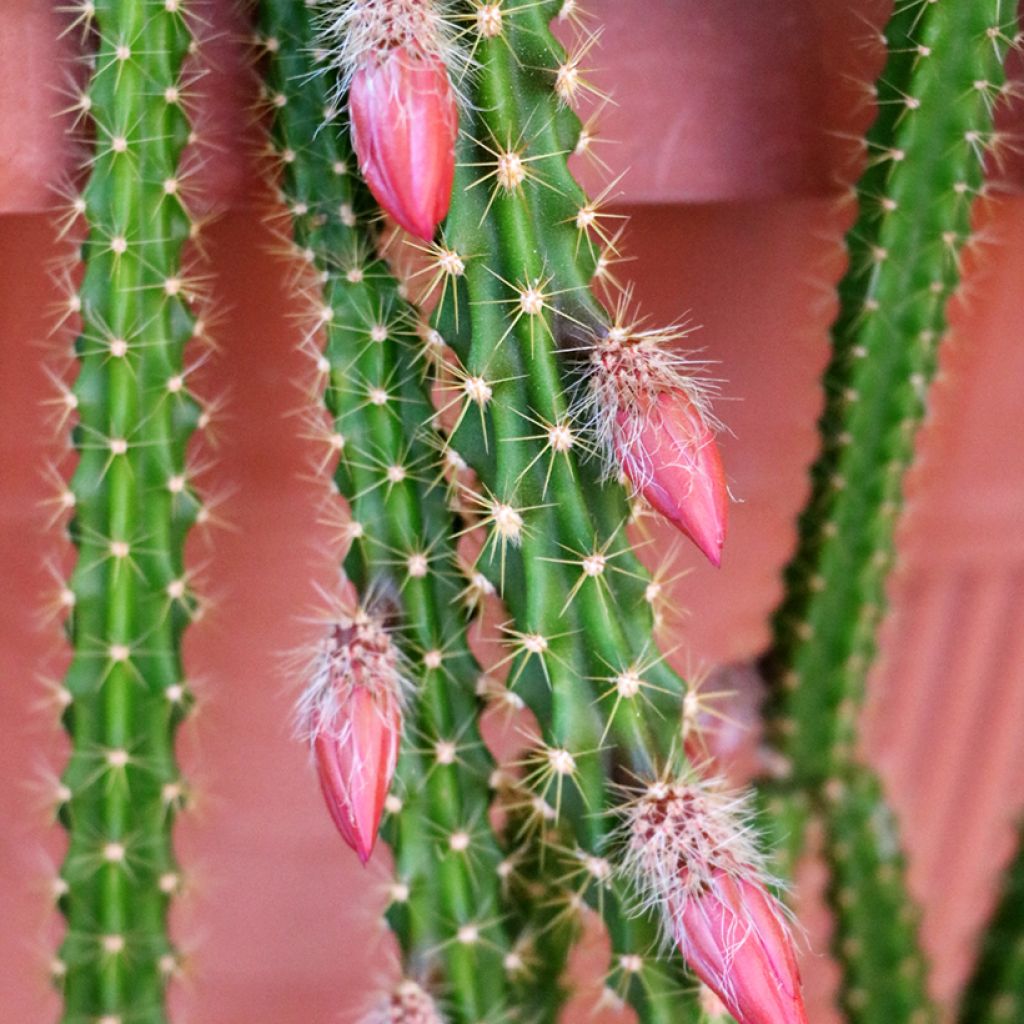

Rat tail cactus - Aporophyllum malisonii
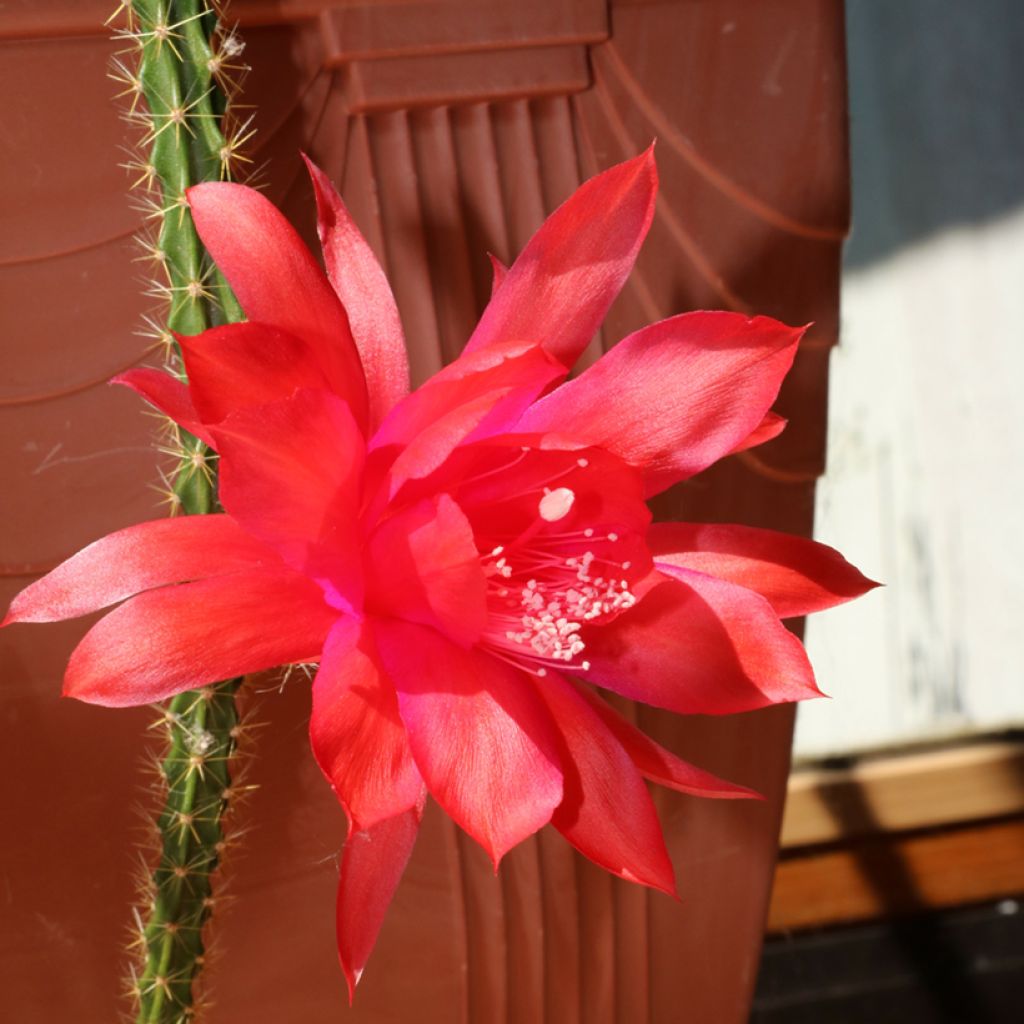

Rat tail cactus - Aporophyllum malisonii
Rat tail cactus - Aporophyllum malisonii
x Aporophyllum x malisonii
Rat tail cactus
This item cannot be shipped to the selected country
Delivery charge from €5.90
More information
Schedule delivery date,
and select date in basket
This plant carries a 12 months recovery warranty
More information
We guarantee the quality of our plants for a full growing cycle, and will replace at our expense any plant that fails to recover under normal climatic and planting conditions.
From €5.90 for pickup delivery and €6.90 for home delivery
Express home delivery from €8.90.
Does this plant fit my garden?
Set up your Plantfit profile →
Description
Disocactus mallisonii, often mistakenly called x Aporophyllum mallisonii and nicknamed rat-tail cactus, is an epiphytic cactus appreciated for its trailing stems and large cherry red flowers that bloom in spring. Remarkable in a hanging basket, this variety brings an exotic and colourful touch to your interior. Avoid exposing it to temperatures below 5°C.
Disocactus x mallisonii belongs to the Cactaceae family. It is the result of natural (or horticultural) cross-breeding between two Mexican cacti that grow in humid forests: Aporocactus flagelliformis and Heliocereus speciosus. The correct genus name is therefore x Aporoheliocereus, although other designations such as Aporocactus x mallisonii are still used.
Its cylindrical and robust stems, which can reach 90 cm in length by about 1 cm in diameter, are strongly ribbed (3 to 5 ribs) and covered with rough thorns. Their dark green colour turns reddish under strong light. They are trailing stems. The flowers, inherited from Heliocereus speciosus, are large, of a very bright red, trumpet-shaped, and measure 7 to 8 cm in diameter. Each flower lasts 2 to 3 days, but this spring flowering is generous and lasts for several weeks. The fruits, when they appear, are slightly thorny oval berries.
The parents of Disocactus x mallisonii grow as epiphytes on trees or as lithophytes on rocks, up to 2000 m altitude, in central Mexico. This variety requires conditions similar to tropical orchids. It prefers a bright, semi-shaded exposure, with a few hours of gentle morning or late afternoon sun. The optimal temperature ranges from 10 to 27°C, with welcome day-night and seasonal variations. In winter, it is advisable to overwinter the plant at around 10°C, spacing out watering considerably. In summer, water should be plentiful, combined with frequent misting to counteract dry air.
With its shiny flowers and trailing habit, Disocactus x mallisonii is an ornamental plant that will delight cactus and exotic epiphyte enthusiasts. This variety thrives in the conservatory or a bright, not too dry interior. It looks wonderful in hanging baskets, suspended pots, or wall-mounted planters, where its long stems can grow freely. Planted in a decorative planter or on a high shelf, it forms a spectacular plant cascade. For an even more impressive effect, it can be paired with other epiphytic cacti like Rhipsalis spp. or Epiphyllum spp., as well as Tillandsias and Bromeliads that share similar requirements. Epiphytic orchids such as Phalaenopsis or Cattleya are also good companions to create a lush tropical atmosphere. To visually enrich the composition, decorative foliage plants like Peperomia rotundifolia, Ficus pumila, or Tradescantia zebrina provide an interesting contrast with their colourful and delicate leaves. A multi-level arrangement, alternating trailing and upright plants, helps maximise the decorative effect and recreate a true hanging garden.
Report an error about the product description
Rat tail cactus - Aporophyllum malisonii in pictures




Flowering
Foliage
Plant habit
Botanical data
x Aporophyllum
x malisonii
Cactaceae
Rat tail cactus
Disocactus x mallisonii, Aporocactus x mallisonii, x Aporoheliocereus mallisonii, Cereux x mallisonii
North America
Planting and care
Handle x Aporophyllum mallisonii with protective gloves.
This variety requires conditions similar to tropical orchids. It prefers a semi-shaded, bright exposure, with a few hours of gentle morning or late afternoon sun. The optimal temperature ranges from 10 to 27°C, with welcome day-night and seasonal variations. In winter, it is advisable to overwinter the plant at around 10°C, spacing out watering considerably. In summer, water should be plentiful, combined with frequent misting to counteract dry air.
Its growing substrate should be light, well-draining, and slightly acidic. An ideal mix may include leaf compost, sand, perlite, a bit of coconut fibre or peat, and some pine bark. Some horticulturists also recommend a mix of peat, sand, and vermiculite in equal parts. Adding a spoonful of slow-release fertiliser (such as Osmocote) to the mix can boost growth. During the growing season, low nitrogen (N) but phosphorus (P) and potassium (K) rich liquid fertiliser (15-15-30) is ideal.
The optimal temperature ranges from 10 to 27°C, with welcome day-night and seasonal variations. In winter, it is advisable to overwinter the plant at around 10°C, spacing out watering considerably. In summer, water should be plentiful, combined with frequent misting to counteract dry air.
Rejuvenation pruning is recommended on old woody stems.
Common pests: watch out for spider mites, scale insects, and rust attacks. In case of infestation, promptly treat with suitable solutions to avoid compromising your plant's health.
Propagation of Disocactus x mallisonii is relatively simple and is mainly done by stem cuttings or layering.
Stem cutting is the most common and effective method. Simply take healthy stem segments of about 10 to 15 cm in spring or summer, when the plant is actively growing. Let the cuttings air dry for 2 to 3 days to heal the wounds and prevent infections. Then, plant them in a light, well-draining, slightly moist substrate, consisting of leaf compost, sand, and perlite. Place the cuttings in bright, but indirect sunlight at a temperature of around 20-25°C. Rooting usually takes a few weeks.
Layering involves partially burying a stem still attached to the mother plant in an adjacent pot filled with suitable substrate. Once roots have formed, you can cut the stem and separate the new plant.
In both cases, ensure moderate humidity and avoid waterlogging to prevent rot. With these simple methods, you can easily multiply your Disocactus x mallisonii and enjoy its magnificent flowering year after year.
Planting period
Intended location
Care
This item has not been reviewed yet - be the first to leave a review about it.
Cacti and succulents
Haven't found what you were looking for?
Hardiness is the lowest winter temperature a plant can endure without suffering serious damage or even dying. However, hardiness is affected by location (a sheltered area, such as a patio), protection (winter cover) and soil type (hardiness is improved by well-drained soil).

Photo Sharing Terms & Conditions
In order to encourage gardeners to interact and share their experiences, Promesse de fleurs offers various media enabling content to be uploaded onto its Site - in particular via the ‘Photo sharing’ module.
The User agrees to refrain from:
- Posting any content that is illegal, prejudicial, insulting, racist, inciteful to hatred, revisionist, contrary to public decency, that infringes on privacy or on the privacy rights of third parties, in particular the publicity rights of persons and goods, intellectual property rights, or the right to privacy.
- Submitting content on behalf of a third party;
- Impersonate the identity of a third party and/or publish any personal information about a third party;
In general, the User undertakes to refrain from any unethical behaviour.
All Content (in particular text, comments, files, images, photos, videos, creative works, etc.), which may be subject to property or intellectual property rights, image or other private rights, shall remain the property of the User, subject to the limited rights granted by the terms of the licence granted by Promesse de fleurs as stated below. Users are at liberty to publish or not to publish such Content on the Site, notably via the ‘Photo Sharing’ facility, and accept that this Content shall be made public and freely accessible, notably on the Internet.
Users further acknowledge, undertake to have ,and guarantee that they hold all necessary rights and permissions to publish such material on the Site, in particular with regard to the legislation in force pertaining to any privacy, property, intellectual property, image, or contractual rights, or rights of any other nature. By publishing such Content on the Site, Users acknowledge accepting full liability as publishers of the Content within the meaning of the law, and grant Promesse de fleurs, free of charge, an inclusive, worldwide licence for the said Content for the entire duration of its publication, including all reproduction, representation, up/downloading, displaying, performing, transmission, and storage rights.
Users also grant permission for their name to be linked to the Content and accept that this link may not always be made available.
By engaging in posting material, Users consent to their Content becoming automatically accessible on the Internet, in particular on other sites and/or blogs and/or web pages of the Promesse de fleurs site, including in particular social pages and the Promesse de fleurs catalogue.
Users may secure the removal of entrusted content free of charge by issuing a simple request via our contact form.
The flowering period indicated on our website applies to countries and regions located in USDA zone 8 (France, the United Kingdom, Ireland, the Netherlands, etc.)
It will vary according to where you live:
- In zones 9 to 10 (Italy, Spain, Greece, etc.), flowering will occur about 2 to 4 weeks earlier.
- In zones 6 to 7 (Germany, Poland, Slovenia, and lower mountainous regions), flowering will be delayed by 2 to 3 weeks.
- In zone 5 (Central Europe, Scandinavia), blooming will be delayed by 3 to 5 weeks.
In temperate climates, pruning of spring-flowering shrubs (forsythia, spireas, etc.) should be done just after flowering.
Pruning of summer-flowering shrubs (Indian Lilac, Perovskia, etc.) can be done in winter or spring.
In cold regions as well as with frost-sensitive plants, avoid pruning too early when severe frosts may still occur.
The planting period indicated on our website applies to countries and regions located in USDA zone 8 (France, United Kingdom, Ireland, Netherlands).
It will vary according to where you live:
- In Mediterranean zones (Marseille, Madrid, Milan, etc.), autumn and winter are the best planting periods.
- In continental zones (Strasbourg, Munich, Vienna, etc.), delay planting by 2 to 3 weeks in spring and bring it forward by 2 to 4 weeks in autumn.
- In mountainous regions (the Alps, Pyrenees, Carpathians, etc.), it is best to plant in late spring (May-June) or late summer (August-September).
The harvesting period indicated on our website applies to countries and regions in USDA zone 8 (France, England, Ireland, the Netherlands).
In colder areas (Scandinavia, Poland, Austria...) fruit and vegetable harvests are likely to be delayed by 3-4 weeks.
In warmer areas (Italy, Spain, Greece, etc.), harvesting will probably take place earlier, depending on weather conditions.
The sowing periods indicated on our website apply to countries and regions within USDA Zone 8 (France, UK, Ireland, Netherlands).
In colder areas (Scandinavia, Poland, Austria...), delay any outdoor sowing by 3-4 weeks, or sow under glass.
In warmer climes (Italy, Spain, Greece, etc.), bring outdoor sowing forward by a few weeks.





































